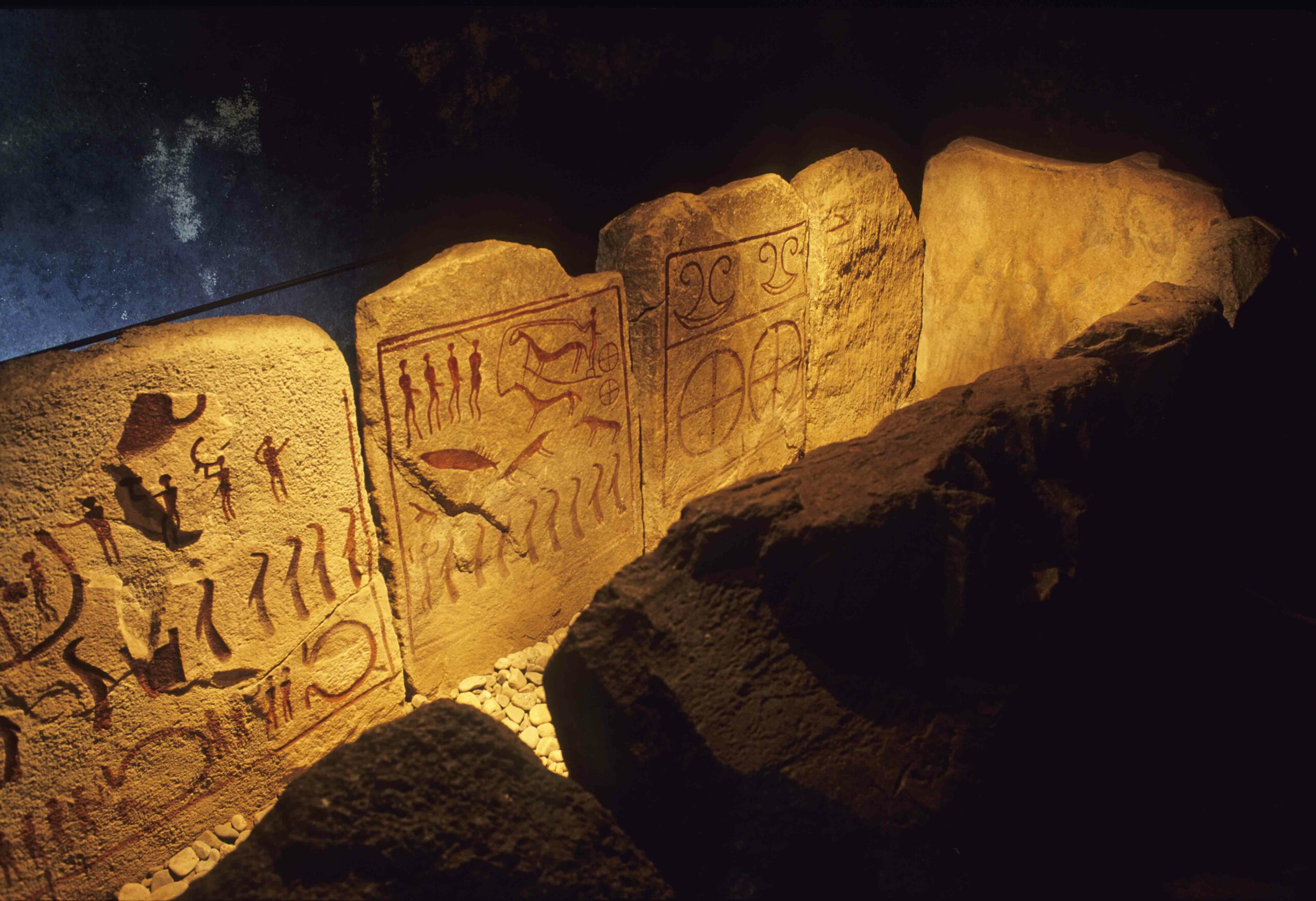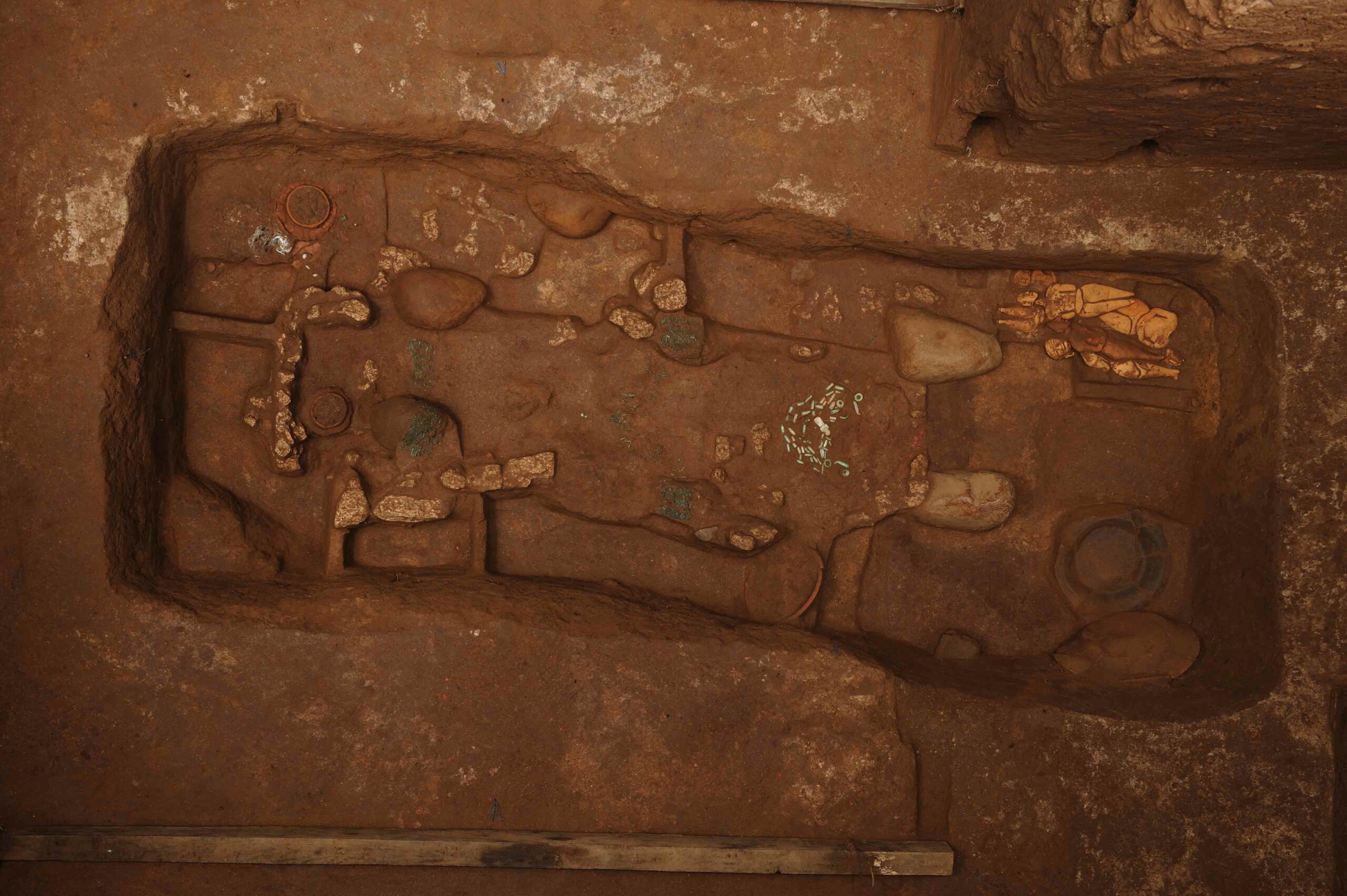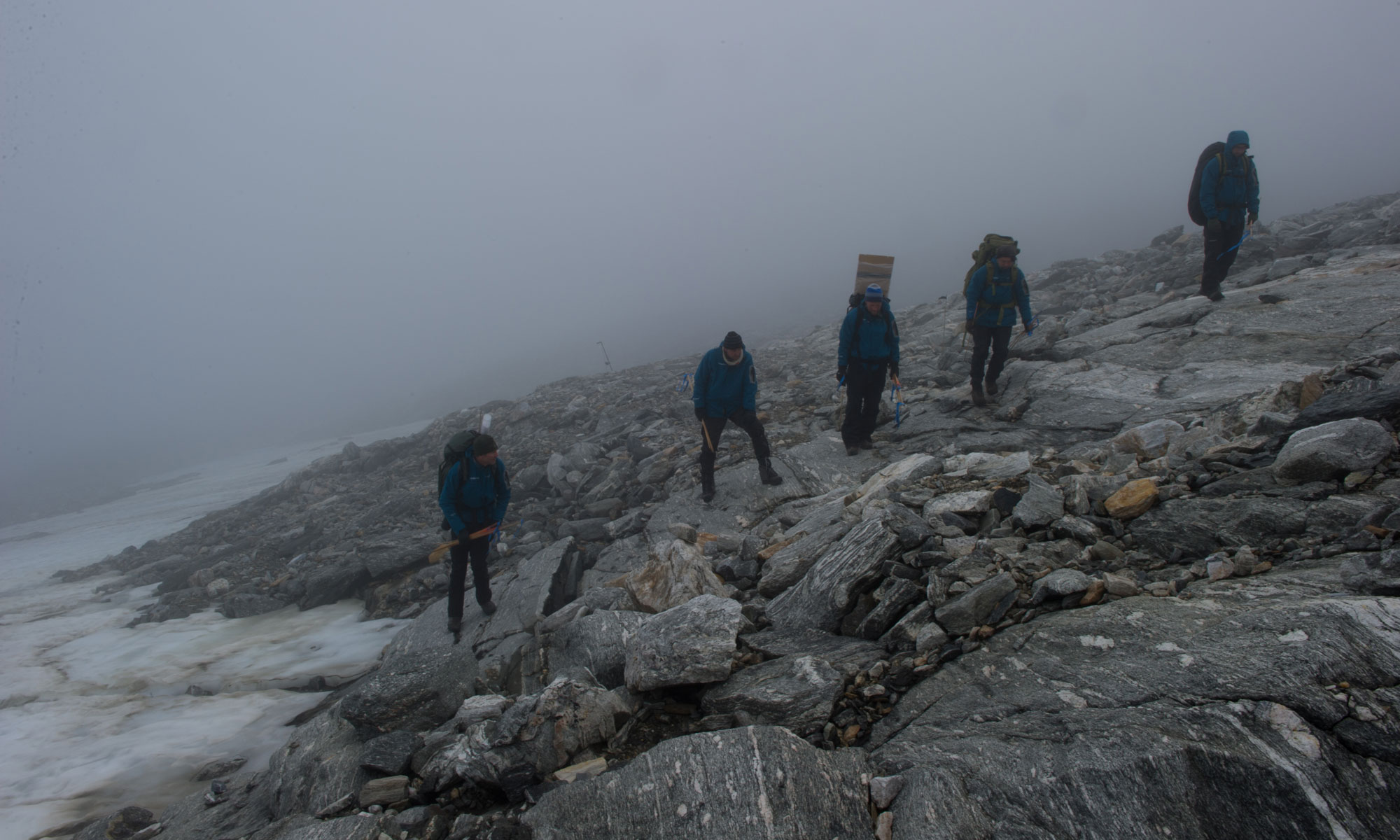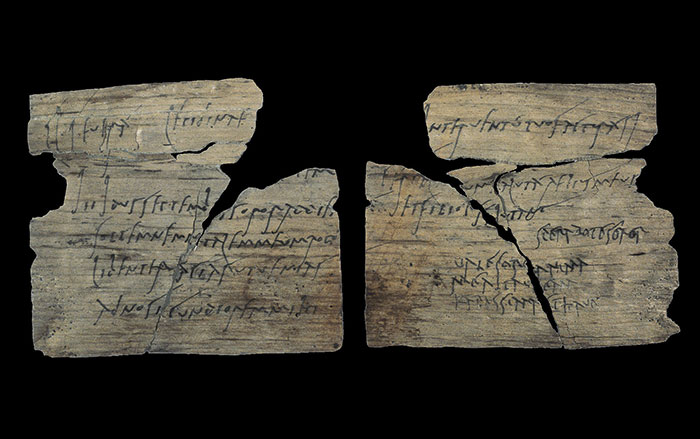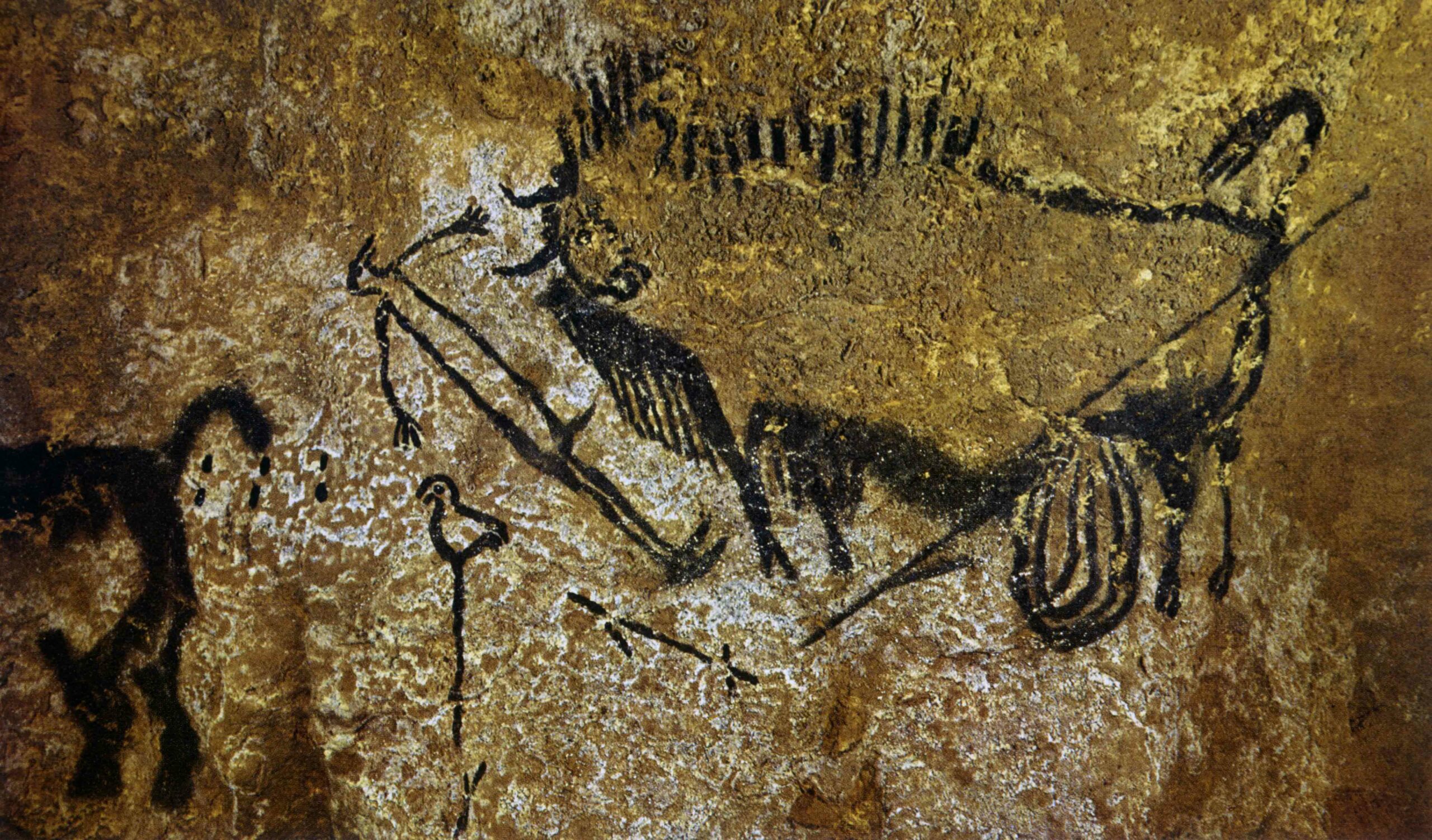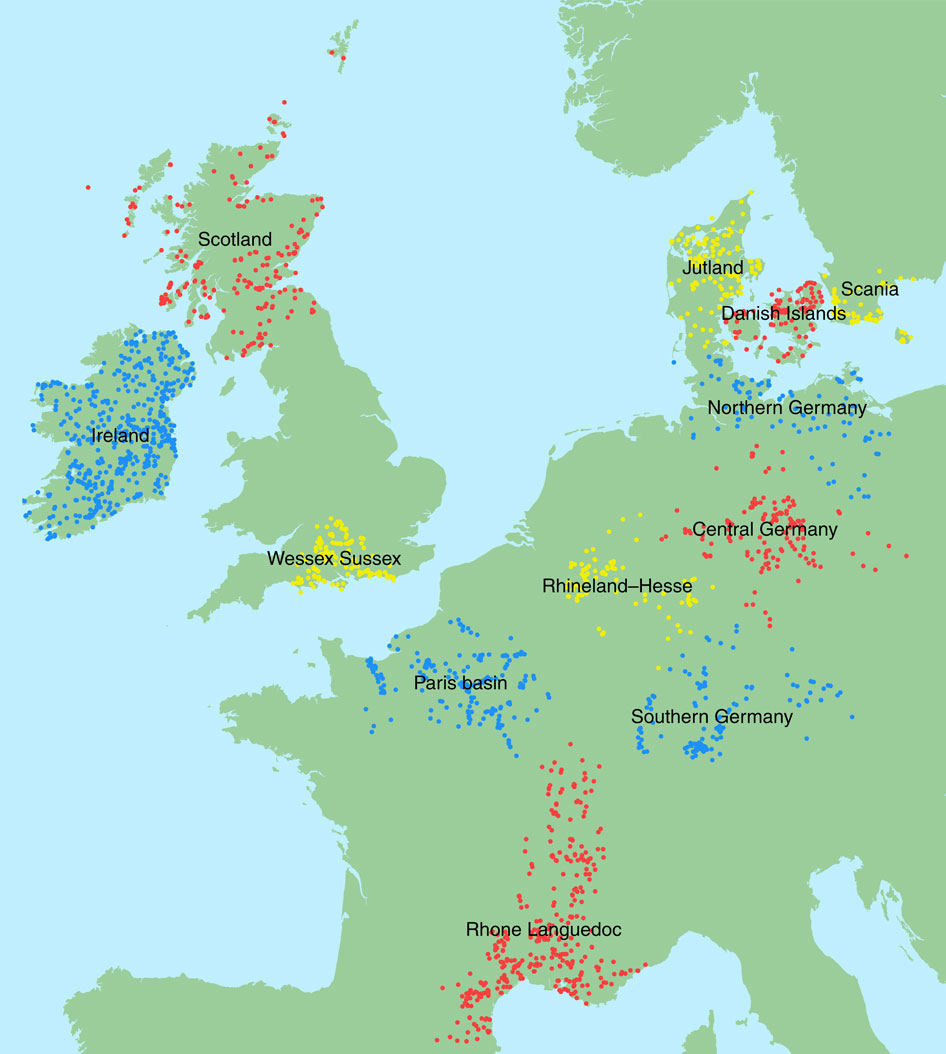
LONDON, ENGLAND—Archaeologist Stephen Shennan of University College London and his colleagues used 8,000 radiocarbon dates from sites across Europe to calculate rises and falls in population before, during, and after the introduction of agriculture. They found that two major population booms were followed by declines by as much as 30 to 60 percent. The first boom was some 7,500 years ago, when Europe’s earliest farming culture began, and the second was 6,000 years ago, perhaps due to the rise in keeping livestock for their dairy products. But farming also shrinks the size of forests and available supplies of wood and other products. “Diminishing natural resources due to agricultural practices may partly have caused population busts,” added Sean Downey of the University of Maryland.






